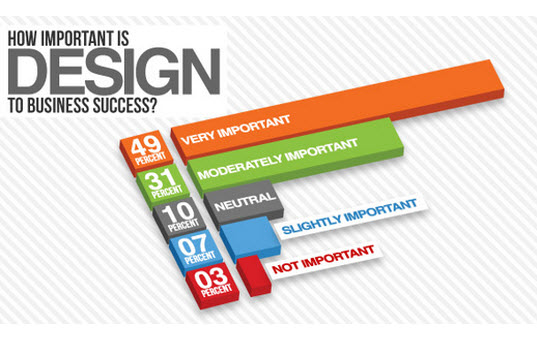Internet Site Layout Basics: Tips For Building A User-Friendly Website
Internet Site Layout Basics: Tips For Building A User-Friendly Website
Blog Article
Article Author-Crews Gammelgaard
When it comes to site style, ensuring user-friendliness is key. From responsive design to structured navigation, every component plays a critical function in creating a website that deals with your audience's needs. Yet what concerning the finer details that can make or break an individual's surfing experience? Remain tuned as we reveal some often-overlooked ideas that can raise your website's use to the next level, making it really attract attention in the digital landscape.
Value of Responsive Style
Responsive design is an important facet of contemporary web site development. Ensuring your internet site is receptive means that it can adapt to different screen sizes and gadgets, supplying a smooth experience for customers.
With the raising use of smart devices and tablets to access the net, having a receptive design is vital for reaching a larger audience. It helps in enhancing user experience by making your web site easy to browse and keep reading any device.
Furthermore, receptive design can positively affect your internet search engine positions, as internet search engine like Google focus on mobile-friendly internet sites. By having a receptive style, you're likewise future-proofing your site, as new tools with varying screen dimensions continue to arise.
Simplify Navigation Structure
To boost individual experience and promote easy accessibility to details on your website, streamlining the navigating structure is extremely important. When making your website, concentrate on producing a clear and intuitive navigating menu that assists site visitors discover what they're seeking promptly.
Limit go to website of food selection things to the essentials, organizing associated web pages with each other to prevent frustrating individuals. Usage descriptive tags that clearly suggest the material of each web page, making it much easier for individuals to recognize where each web link will take them.
Think about applying dropdown food selections for subcategories to avoid littering the major navigating bar. Additionally, include managed wordpress websites on the web page for individuals that choose searching for specific details.
ada website compliance law in your navigation style to make sure simple gain access to on all tools.
Enhance Web Page Load Rate
Improving page lots speed is vital for keeping visitors on your web site. Slow-loading web pages annoy customers and can result in high bounce rates. To maximize web page tons speed, begin by maximizing photos. Press pictures without jeopardizing top quality to reduce their documents sizes.
Additionally, allow browser caching to save frequently accessed sources locally, speeding up load times for returning site visitors. Minify CSS, JavaScript, and HTML data by eliminating unnecessary characters, remarks, and format, boosting lots rate.
Consider using a web content delivery network (CDN) to disperse your site's material across multiple web servers worldwide, reducing latency for users accessing your site from different areas. Finally, limit making use of third-party scripts and plugins, as they can substantially impact tons times.
Verdict
Finally, by including receptive layout, simplifying navigating, and maximizing web page tons speed, you can develop a straightforward site that appeals to a wider audience and boosts customer experience. These essential elements make certain that visitors can quickly gain access to and browse your site throughout various tools, causing increased involvement and complete satisfaction. By focusing on these key elements, you can construct a successful web site that keeps individuals returning for more.
